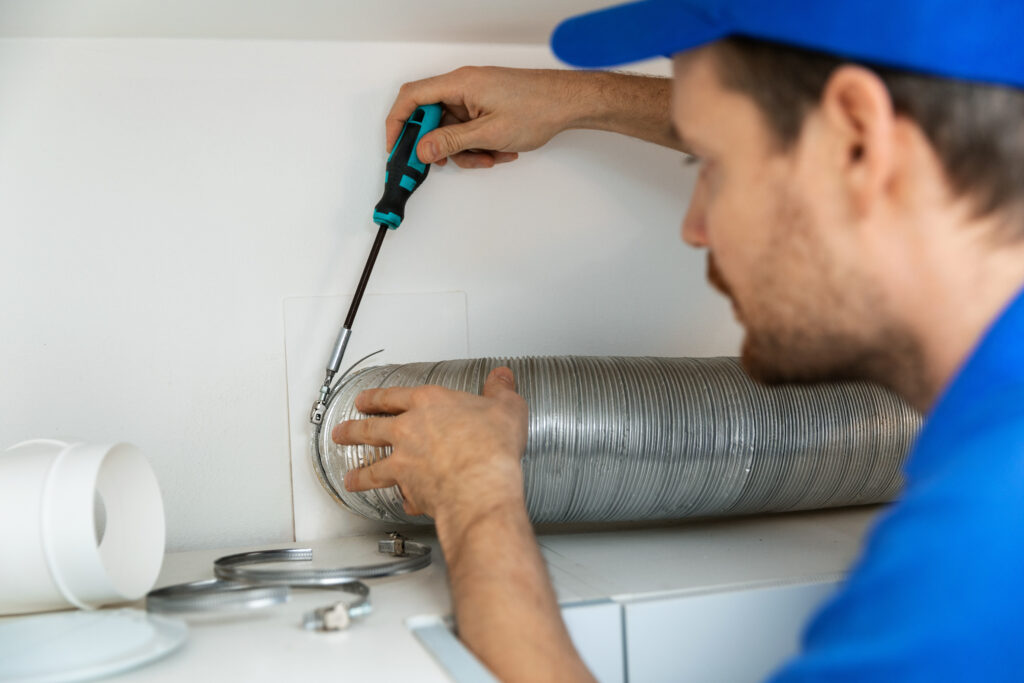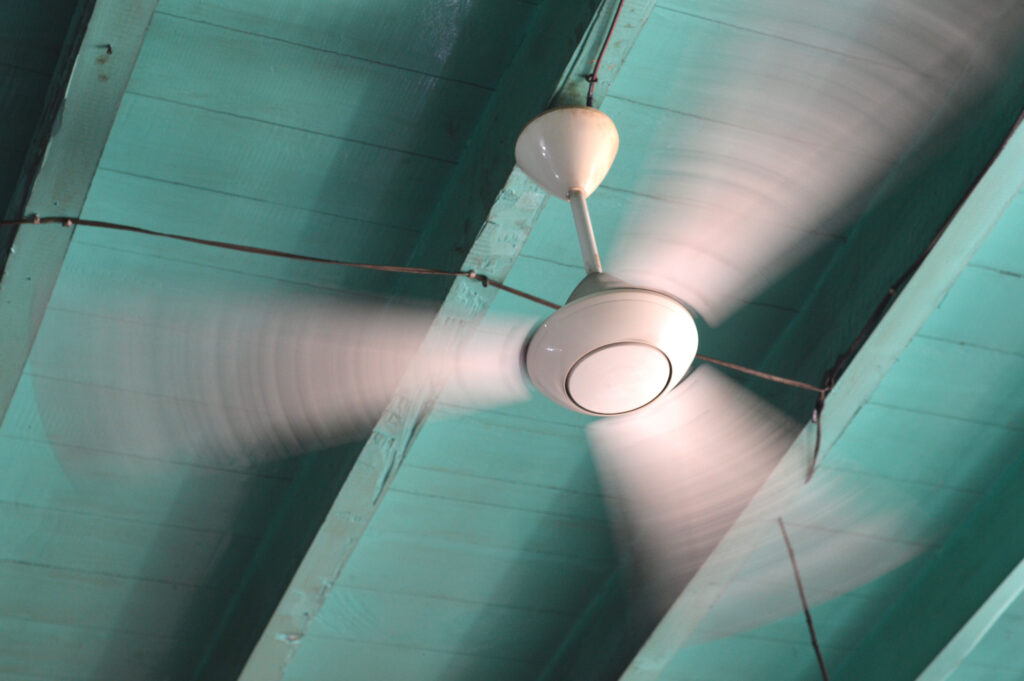Demystifying the HVAC System: What Every Homeowner Needs to Know
Let’s be real—HVAC isn’t the flashiest part of your home. It’s not the shiny granite countertop or the walk-in shower with 12 spray nozzles. But when it’s 92° in July or freezing in February and your house feels just right, you’ve got your HVAC system to thank. This essential (but often overlooked) home system plays a huge role in your comfort, energy bill, and even your indoor air quality. And if you’re like most homeowners, you probably don’t fully understand how it works—until something goes wrong. So, let’s pull back the curtain a bit. No jargon, no fluff. Just a clear, conversational guide to your HVAC system, how it works, why it matters, and what pitfalls to try and avoid.
What Is an HVAC System and How Does It Work?
Alright, starting from square one: HVAC stands for Heating, Ventilation, and Air Conditioning. It’s the system that keeps your home warm in the winter, cool in the summer, and breathable all year long. Most modern homes have a centralized HVAC system, meaning everything’s connected through a system of ducts and controlled via a thermostat.
In heating mode, the system pulls in air, warms it using either a furnace (typically gas or electric) or a heat pump, and circulates it throughout your home. For cooling, it works sort of like a super-charged fridge: an air conditioner or heat pump pulls heat from inside your house and dumps it outside. Ventilation is the hidden but crucial third piece. It helps cycle fresh air in and pushes stale or humid air out, which keeps things from getting musty, moldy, or just plain gross. Basically, HVAC is the silent MVP behind your home’s comfort.
The Benefits of a Well-Maintained HVAC System
Now that we know what it does, let’s talk about why it matters. First and most obvious: comfort. A good HVAC unit keeps you cool without blasting arctic air one day and lukewarm breezes the next. But it’s also a big player in indoor air quality. The filters in your system catch dust, allergens, pet dander—basically all the sneezy, itchy stuff—and improve the air you breathe every day. Also, a well-running HVAC is a financial ally. Efficient systems use less energy, which translates to lower utility bills every month. That savings adds up over a year, especially if you work from home or have a full house.
Plus, it extends the overall lifespan of your appliances. A well-maintained HVAC unit won’t overwork itself, which means fewer breakdowns, fewer emergency service calls, and—yep—peace of mind. If you’re a homeowner who values consistency, cleanliness, and control over your month-to-month home life, HVAC should absolutely be on your radar.
Common HVAC Problems and How to Spot Them
No system is perfect, though. HVAC units, especially older ones, can act up. One biggie: airflow issues. If you’ve got rooms that are way cooler—or hotter—than others, or if the air just isn’t moving like it used to, your filters might be clogged, or your ductwork could be leaky. That’s not just annoying; it’s your system working double-time for half the result.
Then there’s the thermostat. If your system is constantly turning on and off, or the temps don’t match what you set, it might be a calibration issue or a dying battery. Sounds small, but poorly regulated setting causes inefficiencies and spikes in your bills. Strange sounds (buzzing, rattling, squealing) are classic signs of mechanical issues inside the unit. Don’t ignore them—they don’t just go away. Regular maintenance (and honestly, just listening to your unit now and then) catches small problems before they become full-blown system failures.
How to Make Your HVAC Last Longer (and Perform Better)
Look, HVAC systems aren’t cheap. Replacing your unit can cost thousands of dollars, which no one wants to drop out of nowhere. So the name of the game is proper upkeep. Change your filters regularly—every 1 to 3 months depending on pets, allergies, and how dusty your area is. It’s the easiest, lowest-cost step you can take to preserve airflow, efficiency, and air quality.
Schedule seasonal checkups for your HVAC system. Yep, just like a car. A pro can inspect your coils, clean out condensate drains, flush your system, check refrigerant levels, and more. Preventative maintenance helps avoid those unexpected “uh-oh” moments in the dead of winter. If you’ve got a programmable or smart thermostat, make sure your settings match your lifestyle. No point in cooling an empty house all day. Simple adjustments can save you serious bucks over time.
Energy Efficiency and Smart Upgrades
So maybe you’re thinking about upgrading your HVAC system, or your current one isn’t really cutting it anymore. The new generation of HVAC units is markedly more efficient than older models. We’re talking SEER ratings (Seasonal Energy Efficiency Ratio) of 16 or higher, compared to older units that hovered around 10. Translation? Lower monthly costs and a lighter carbon footprint.
You might also consider a heat pump—these systems provide both heating and cooling and are ultra-efficient. They used to be limited to milder climates, but newer models can handle colder regions too, which is… kind of a game changer. For those looking to go next-level: zoning systems allow you to control temperatures in individual rooms or “zones.” If your life is spent in one half of the house and your kids live in the other half, this change can tailor your comfort and save on costs where it matters most.
Choosing the Right HVAC System for Your Home
Alright, buying a new HVAC system is a commitment. It’s not just plug-and-play. Size matters—a system too big will short cycle and waste energy, while one too small will constantly run and struggle to keep up. Either way you lose efficiency and comfort. A professional load calculation (which sounds intense but is super standard) can help determine exactly what your home needs based on square footage, insulation, climate, and windows.
Also think long-term. It might be tempting to save money upfront but cheap, low-efficiency systems can cost you more in the long run. Look for systems with good warranties, energy-efficient certifications, and brands with a strong service network in your area. And speak with people who’ve installed systems recently—neighbors, contractors, even home service pros. Nothing beats real-world reviews from people who use the system every day just like you.
Protecting Your HVAC with Armadillo: Because Stuff Happens
If there’s one undeniable truth about HVAC systems, it’s that they’re reliable—until they’re not. And when they go, they go fast. That’s why a home warranty from Armadillo isn’t just smart—it’s essential. Our plans cover the repair or replacement of your HVAC system when the unexpected hits (and it will). Plus, you can customize coverage that fits your home’s unique style and age, especially if you have multiple systems or want to protect other appliances at the same time. Whether your compressor poops out just before summer or your furnace fails during a January freeze, we’ve got your back. Skip the panic Googling of “repair tech near me at 2 a.m.” and let us handle the heavy lifting. Ready to take the chill out of homeownership stress? Get started with Armadillo today and rest easy. Your comfort is, quite literally, our business.


























